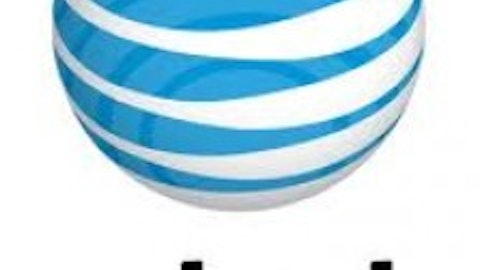Many investors, understandably, begin to worry about their stocks when they encounter economic uncertainty. Stocks, as a consequence, can show widely varying results because of how much the ups and downs of the market are tied to investor expectations. Investing in what are referred to as “defensive sector stocks” can minimize exposure to such economic-related risk.
The traditional wisdom about the best defensive sector stocks for investors focuses of food, clothing, and shelter, essentials that everybody needs. Such stocks are among the most resistant during periods of economic downturns. Accordingly, they represent a relatively safe opportunity for investment during a down economy.
Such defensive stocks pay higher dividends, combined with steady price appreciation. This is particularly true of household and personal product industries stocks. In picking out such stocks, it is best to focus on those companies that present good cash flows, balance sheets, and income statements to lend support to both dividends and share price appreciation.
In this article, I pick three companies from the household and personal product industries for their consistently growing returns. These companies all have solid financial statements to back continuing returns for shareholders. Let’s evaluate each company’s financial situation to scan its ability to uphold increasing returns for investors.
The Procter & Gamble Company (NYSE:PG) offers branded consumer packaged goods. The company markets its products in approximately 180 countries. Procter & Gamble has been consistently paying dividends since 1890. On top of this, over the past 57 years, it has been consistently able to increase its dividends. Recently, it announced a 7% increase in dividends, which brought them to $0.6015 cents per share.
| 2011-06 | 2012-06 | TTM | |
|---|---|---|---|
| Revenue | $82.55 | $83.68 | $83.32 |
| Gross Margin | 50.6% | 49.3% | 49.6% |
| Operating Margin | 19.2% | 15.9% | 17.8% |
| EPS | $3.93 | $3.66 | $4.41 |
Morningstar.com [Revenue in billions]
For dividend investors, the company has been displaying a solid income statement. It has been able to increase its margins over the past few quarters. It has one of the best operating and net margins among the industry average. With the improvement in consumer spending, and The Procter & Gamble Company (NYSE:PG)’s ability to improve margins, in the trailing twelve months (TTM) its earnings per share (EPS) increased to $4.41.

In order to increase returns for shareholders, the company is focusing on its biggest profitable businesses, and on innovations. The Procter & Gamble Company (NYSE:PG) is concentrating more on developing markets for potential growth. Generally, these markets offer a better opportunity for growth.
With this strategy, the company is looking to enhance organic sales 1%-2%, quicker than the overall market in which it competes. The Procter & Gamble Company (NYSE:PG) is anticipating increasing its EPS from high single-digits to low double-digits.
Kimberly-Clark Corp (NYSE:KMB) is engaged in the manufacturing and marketing of a variety of essential products to better people’s lives around the globe. Kimberly-Clark was named among the top dividend-payers in the consumer defensive sector. The firm offers a quarterly dividend of $0.81. Recently, the company increased its quarterly dividend by 9.5%. It has a long history of dividends and has raised them for 41 consecutive years.
Recently, Kimberly Clark Corp (NYSE:KMB) announced first quarter results, with operating profit of $783 million. At the end of Q1, sales were up by only 1%, while its solid margins led it to increased operating profit by 12%. However, the company has shown improvement in its organic sales. Its organic sales rose by 3%, together with increases of 6% in North American consumer tissue and 5% in Kimberly-Clark International.
Furthermore, its cash flows are also in a solid position. It increased its operating cash flows to $607 million at the end of Q1. Kimberly Clark Corp (NYSE:KMB) is also spending heavily in growth opportunities. In Q1, its capital spending stood at $274 million. With the solid improvement in cash flows, it is also working on a share repurchase program.
For the Q1, Kimberly Clark Corp (NYSE:KMB) repurchased 5.5 million shares. As an indication of its strong cash flows, it returned nearly $800 million to investors through a combination of dividends and its repurchase program. With a smart business strategy and solid financial performance, it raised its full-year earnings targets from $5.60 to $5.75.
The Clorox Company (NYSE:CLX) is a manufacturer and marketer of consumer products. The company sells its products through grocery stores, mass merchandisers, and other retail outlets. Clorox operates in four main business segments, namely cleaning, household, lifestyle, and international.


